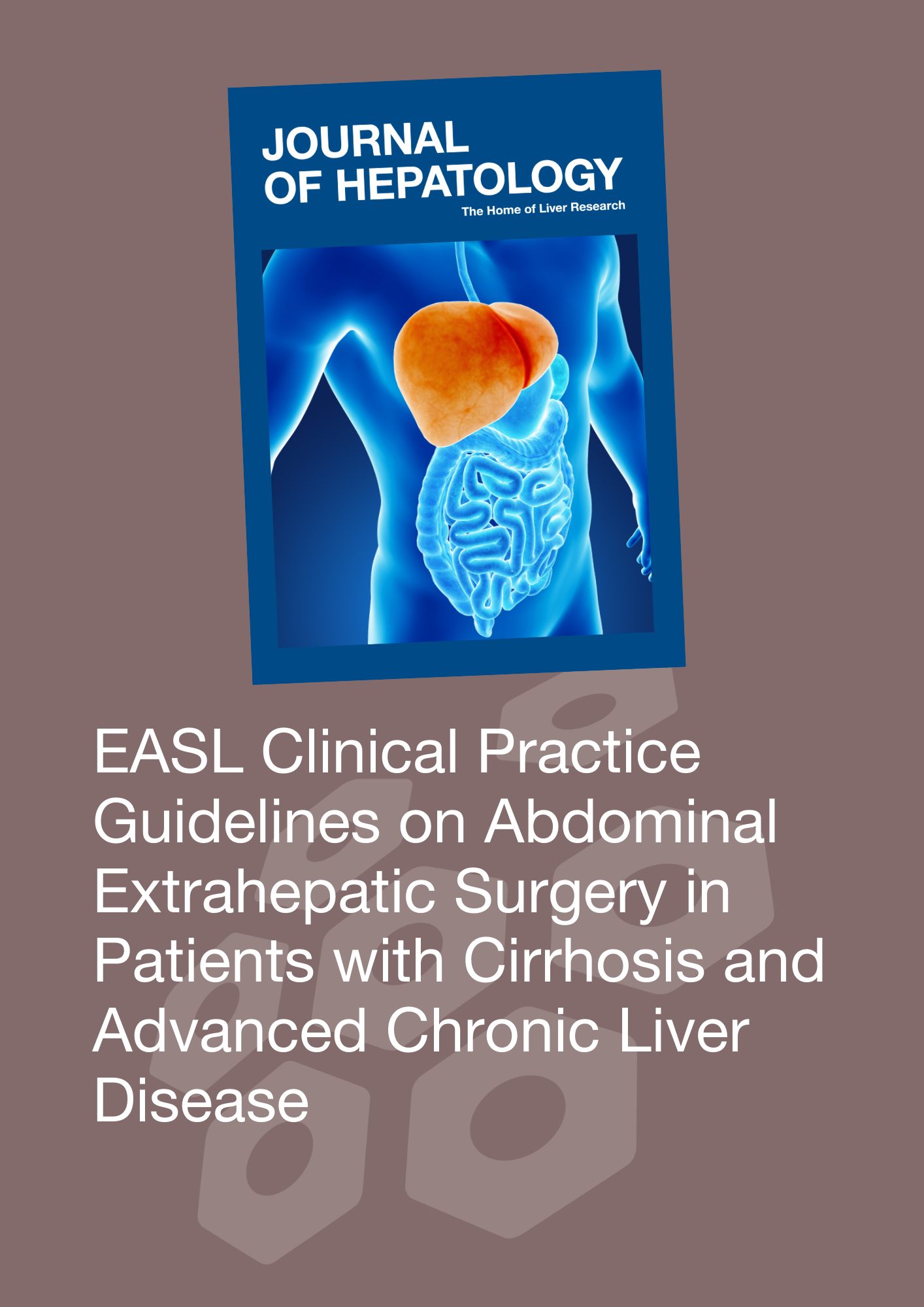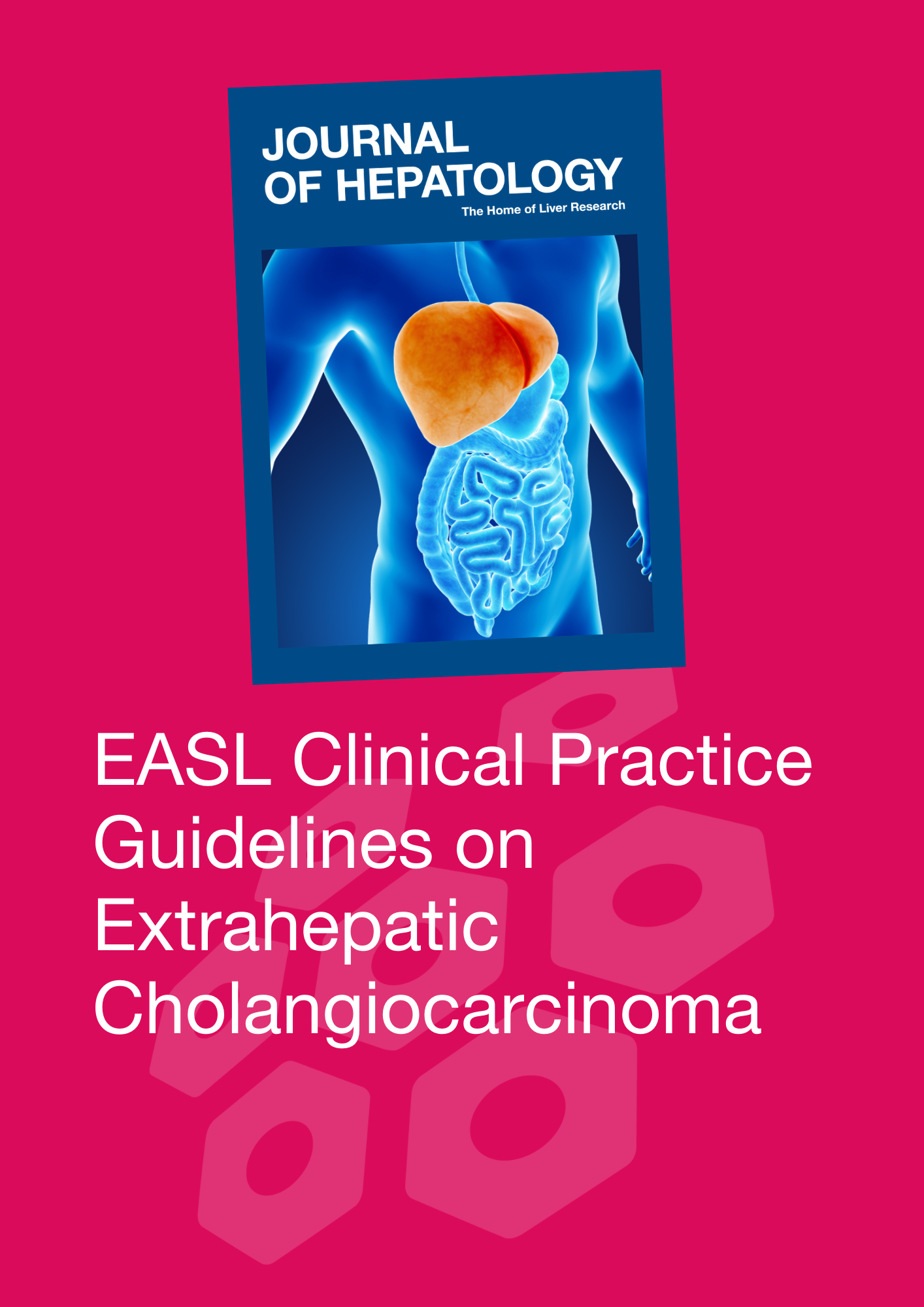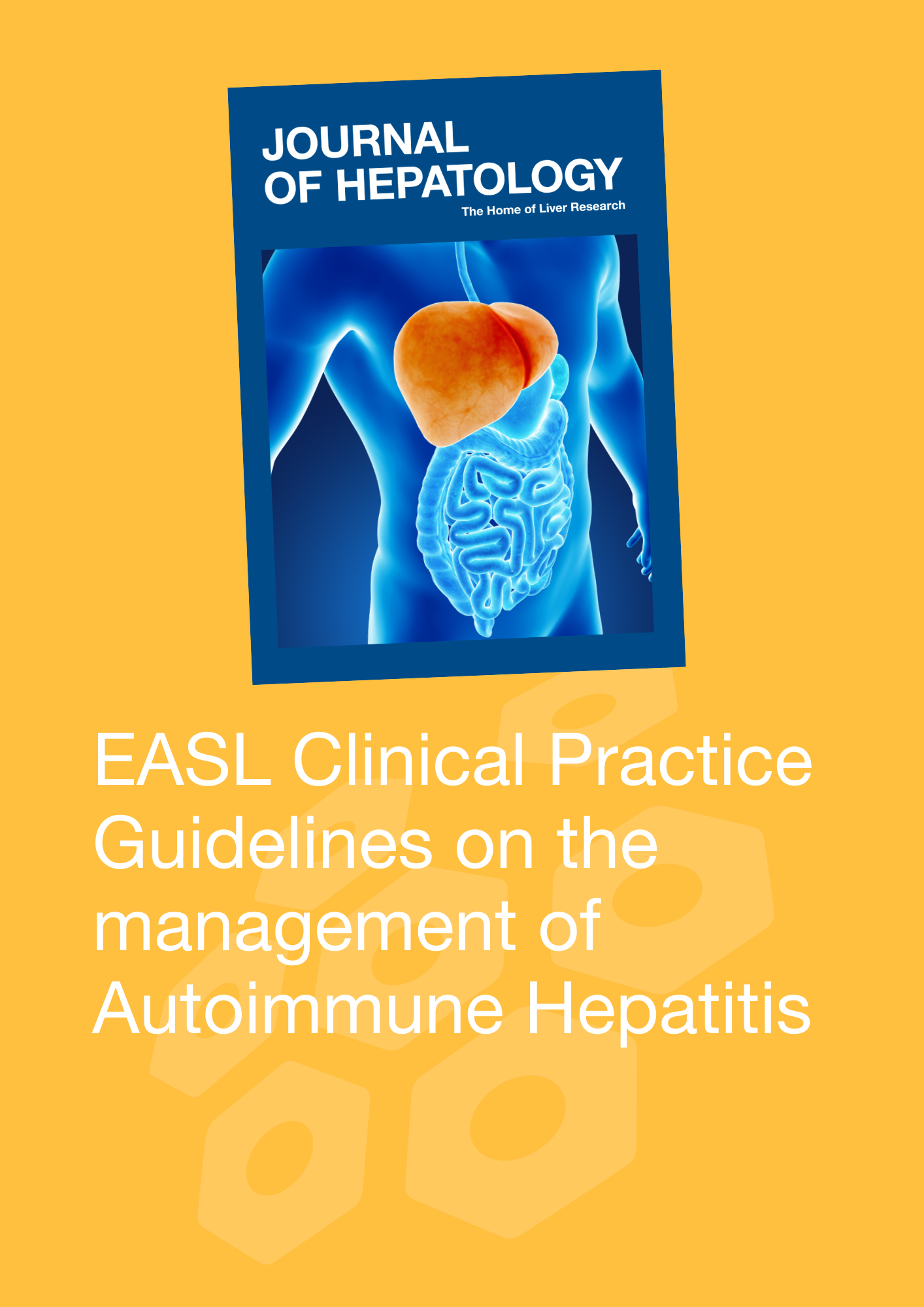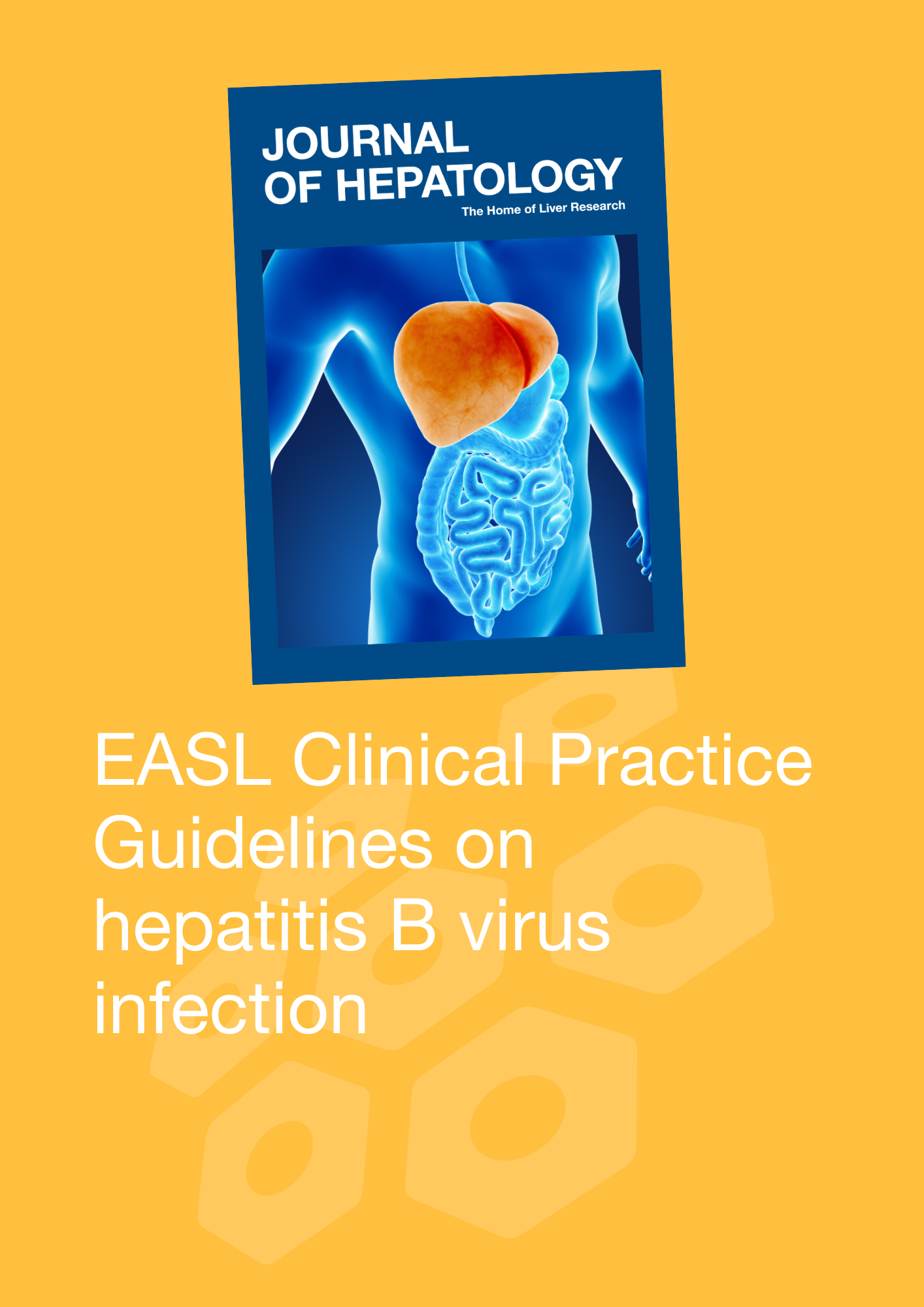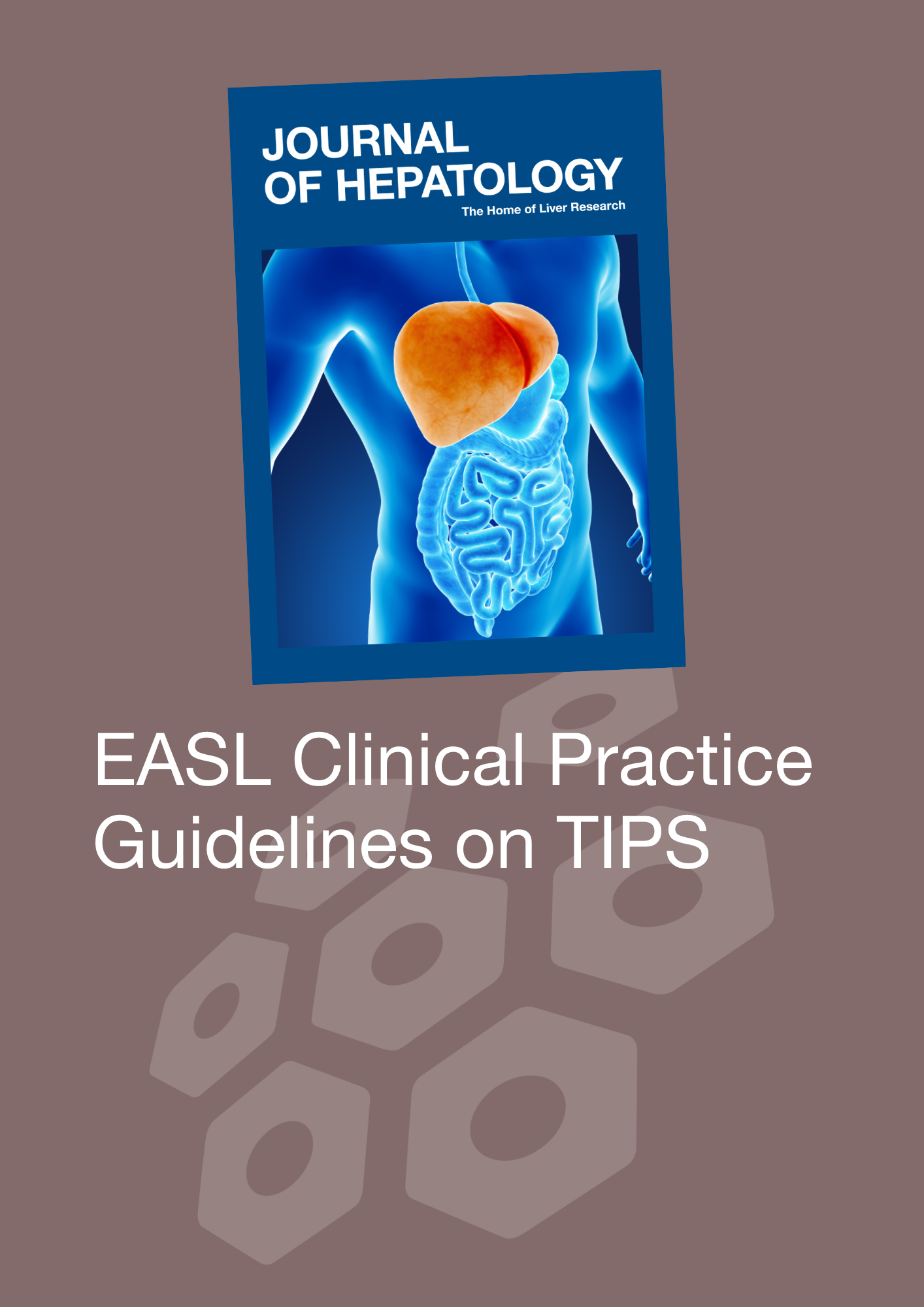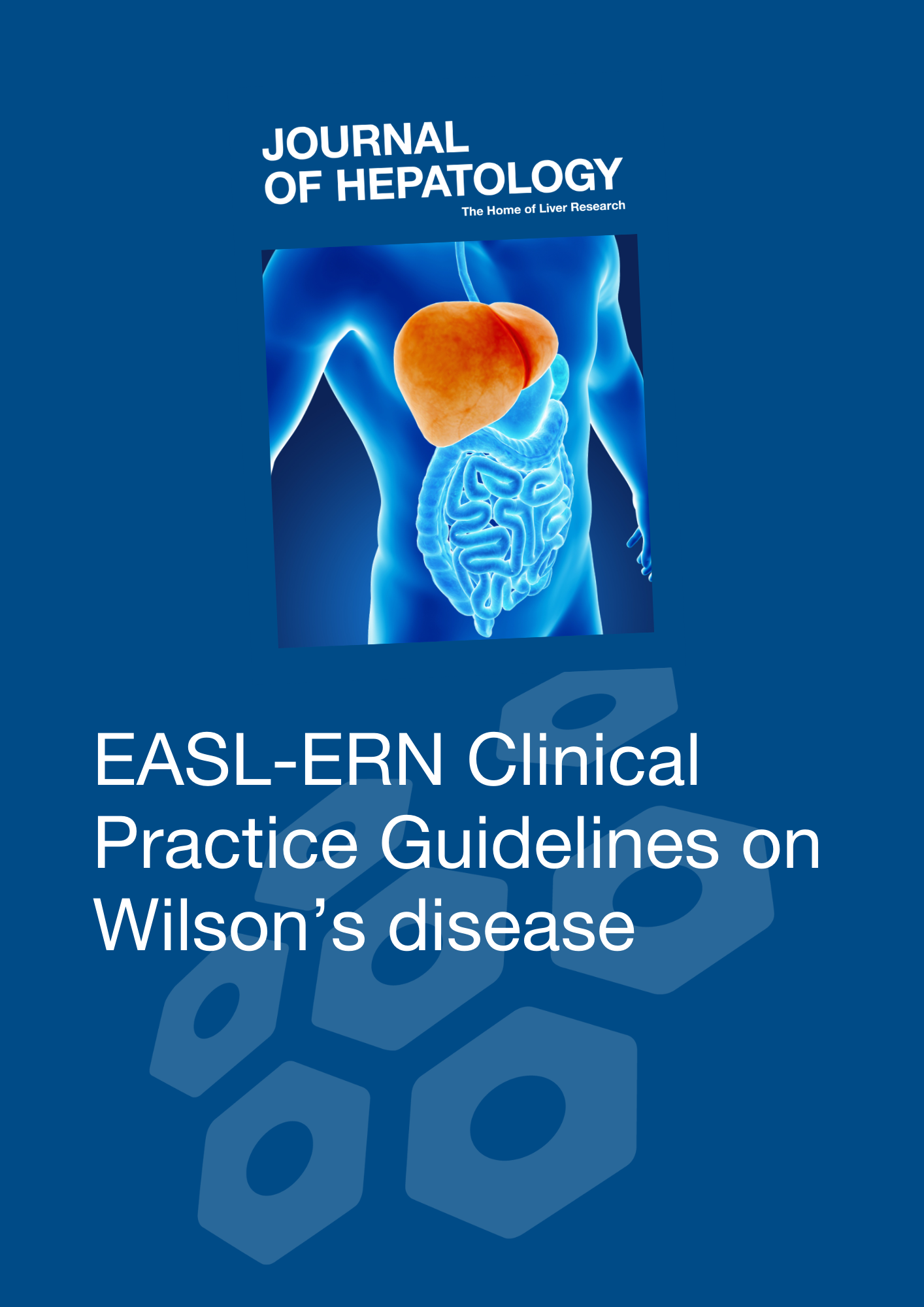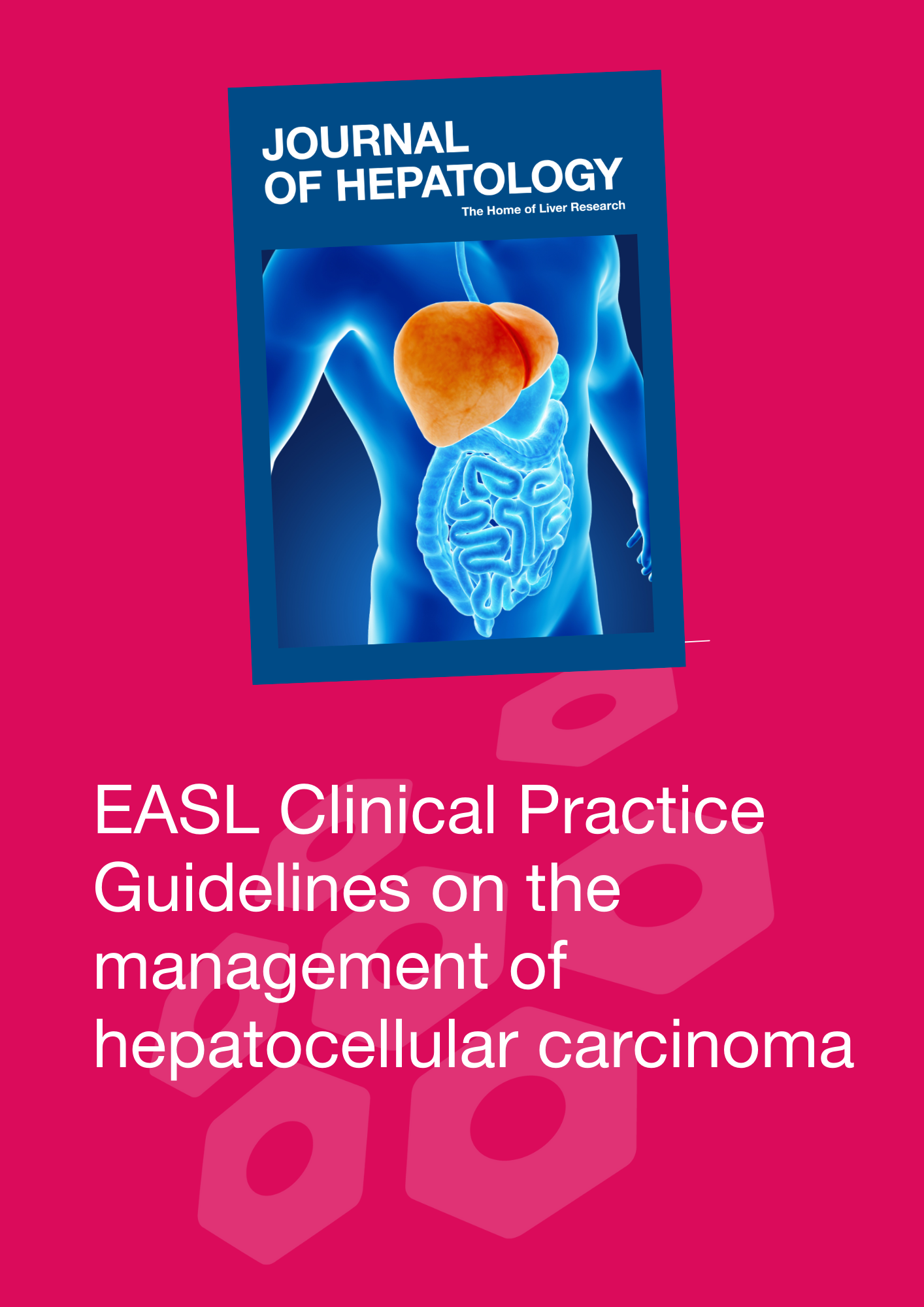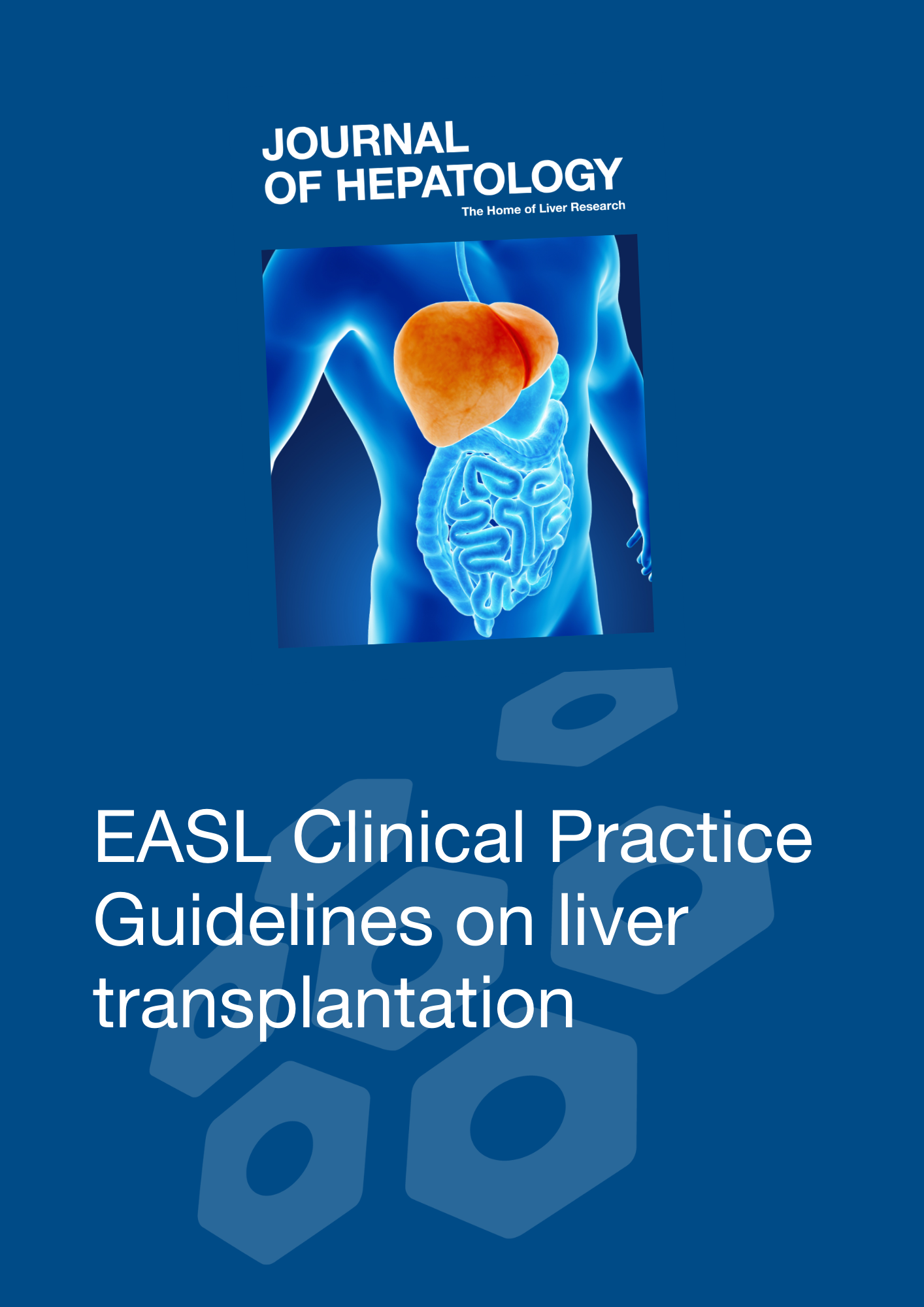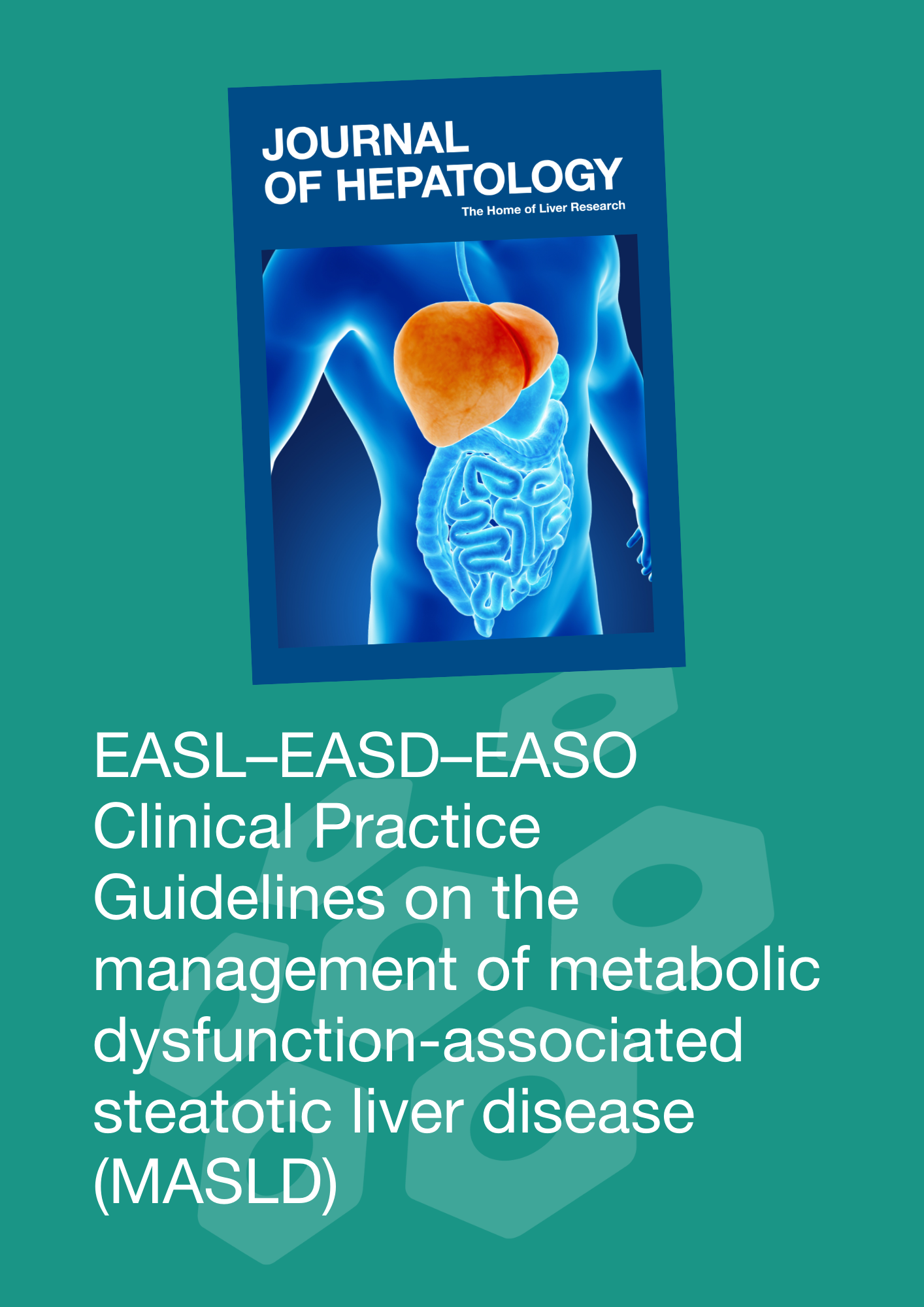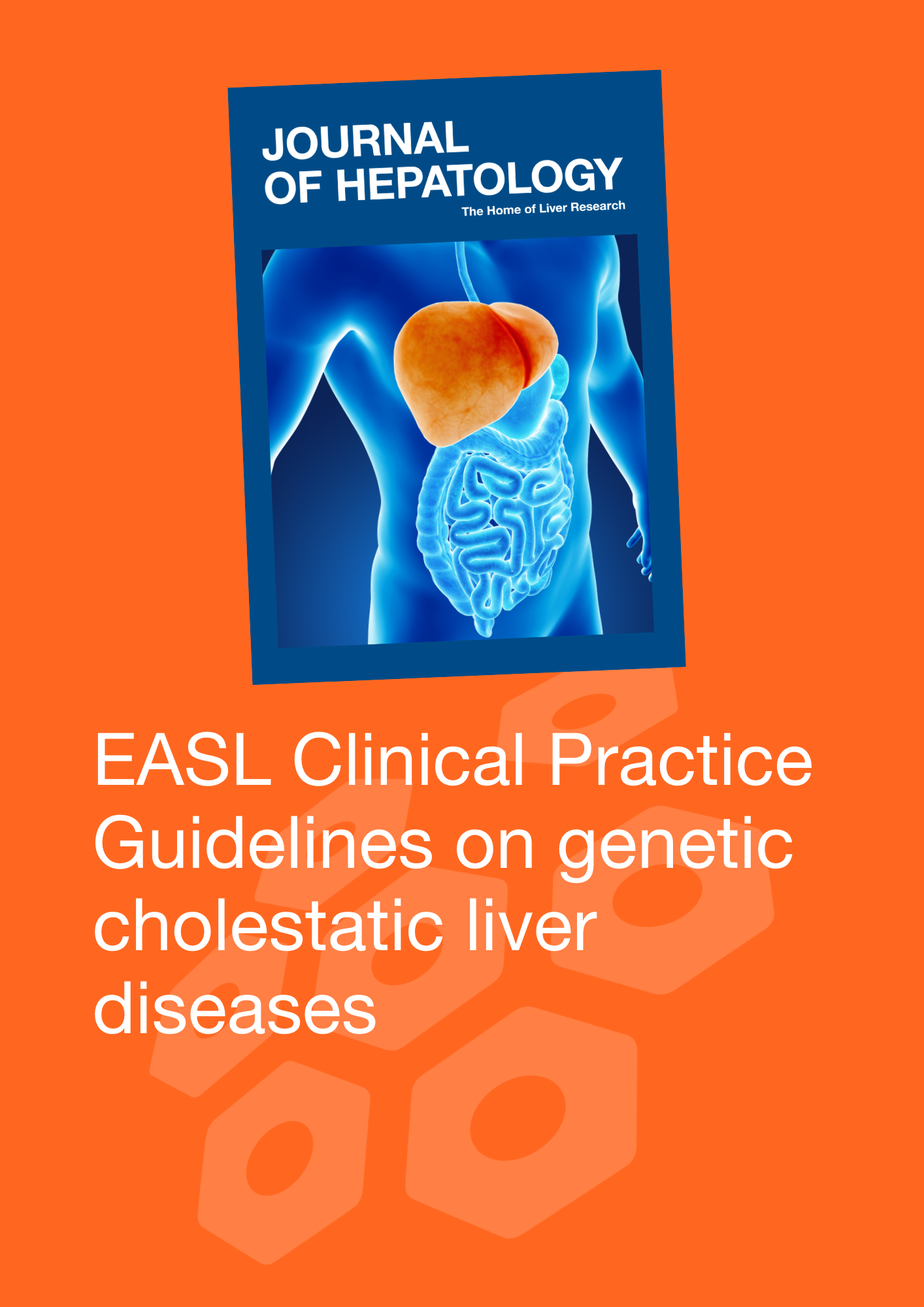EASL’s Clinical Practice Guidelines assist physicians, healthcare providers, patients and other interested parties in the clinical decision-making process. The EASL Guidelines present a range of state-of-the-art approaches for the diagnosis and treatment of liver diseases.
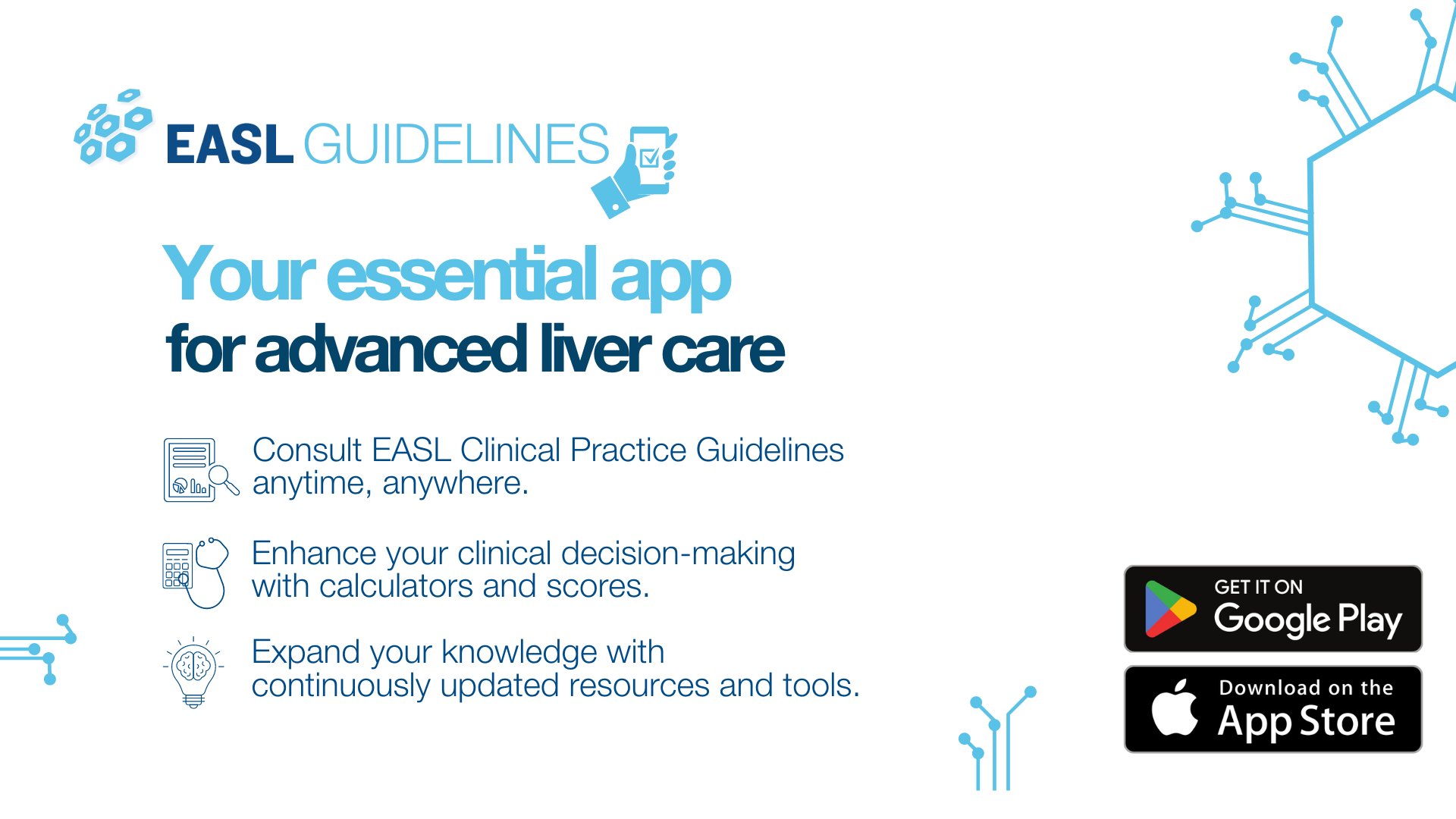
Extrahepatic surgery in patients with cirrhosis of the liver represents a growing clinical challenge due to the increasing prevalence of chronic liver disease and improved long-term survival of these patients. The presence of cirrhosis significantly increases the risk of perioperative morbidity and mortality following abdominal surgery. Advances in preoperative risk stratification, surgical techniques, and perioperative care have led to better outcomes, yet integration of these improvements into routine clinical practice is needed. These clinical practice guidelines provide comprehensive recommendations for the assessment and perioperative management of patients with cirrhosis undergoing extrahepatic surgery. An individualised patient-centred risk assessment by a multidisciplinary team including hepatologists, surgeons, anaesthesiologists, and other support teams is essential.
Read MoreRecent years have witnessed significant advances in the imaging, molecular profiling, and systemic treatment of cholangiocarcinoma (CCA). Despite this progress, the early detection, precise classification, and effective management of CCA remain challenging. Owing to recent developments and the significant differences in CCA subtypes, EASL commissioned a panel of experts to draft evidence-based recommendations on the management of extrahepatic CCA, comprising distal and perihilar CCA. Particular attention is given to the need for accurate classification systems, the integration of emerging molecular insights, and practical strategies for diagnosis and treatment that reflect real-world clinical scenarios.
Read MoreAutoimmune hepatitis (AIH) is a chronic liver disease of unknown aetiology which may affect any patient irrespective of age, sex, and ethnicity. At baseline, the clinical spectrum of the disease varies largely from asymptomatic cases to acute liver failure with massive hepatocyte necrosis. The aim of these EASL guidelines is to provide updated guidance on the diagnosis and management of AIH both in adults and children. Updated guidance on the management of patients with variants and specific forms of AIH is also provided, as is detailed guidance on the management of AIH-associated cirrhosis, including surveillance for portal hypertension and hepatocellular carcinoma, as well as liver transplantation in decompensated cirrhosis.
Read MoreThe updated EASL Clinical Practice Guidelines on the management of hepatitis B virus (HBV) infection provide comprehensive, evidence-based recommendations for its management. Spanning ten thematic sections, the guidelines address diagnostics, treatment goals, treatment indications, therapeutic options, hepatocellular carcinoma surveillance, management of special populations, HBV reactivation prophylaxis, post-transplant care, HBV prevention strategies, and finally address open questions and future research directions. Chronic HBV remains a global health challenge, with over 250 million individuals affected and significant mortality due to cirrhosis and hepatocellular carcinoma. These guidelines emphasise the importance of early diagnosis, risk stratification based on viral and host factors, and tailored antiviral therapy. Attention is given to simplified algorithms, vaccination, and screening to support global HBV elimination targets. The guidelines also discuss emerging biomarkers and evolving definitions of functional and partial cure. Developed through literature review, expert consensus, and a Delphi process, the guidelines aim to equip healthcare providers across disciplines with practical tools to optimise HBV care and outcomes worldwide.
Read MoreTransjugular intrahepatic portosystemic shunt (TIPS) placement is a well-established procedure for managing complications of portal hypertension. In recent years, the field of TIPS has seen rapid advances, particularly in technical approaches, prognostic modelling, and an expanding range of indications. The aim of these EASL guidelines is to comprehensively address all aspects of TIPS in patients with cirrhosis. Other related topics, such as the use of TIPS in surgical settings and in vascular liver disorders, are covered in separate dedicated clinical practice guidelines.
Read MoreWilson’s disease is an autosomal recessive disorder of copper metabolism which affects the liver, brain and other organs. Diagnosis is based on: clinical features; biochemical tests, including plasma ceruloplasmin concentration, 24-h urinary copper excretion, copper content in the liver; and molecular analysis. Leipzig score and additionally relative exchangeable copper determination are recommended for diagnosis. Pharmacological therapy comprises chelating agents (penicillamine, trientine) and zinc salts, while only chelators are recommended for significant liver disease. Monitoring is based on clinical symptoms, liver tests and copper metabolism (urinary copper excretion, exchangeable copper) to detect poor compliance and over/under-treatment. Acute liver failure is challenging as making a diagnosis is difficult and pharmacological therapy may not be sufficient to save life. Liver transplantation has a well-defined role in Wilsonian acute hepatic failure but may also be considered in neurological disease.
Read MoreLiver cancer is the third leading cause of cancer-related deaths worldwide, with hepatocellular carcinoma (HCC) accounting for approximately 90% of primary liver cancers. Advances in diagnostic and therapeutic tools, along with improved understanding of their application, are transforming patient treatment. Integrating these innovations into clinical practice presents challenges and necessitates guidance. These clinical practice guidelines offer updated advice for managing patients with HCC and provide a comprehensive review of pertinent data. Key updates from the 2018 EASL guidelines include personalised surveillance based on individual risk assessment and the use of new tools, standardisation of liver imaging procedures and diagnostic criteria, use of minimally invasive surgery in complex cases together with updates on the integrated role of liver transplantation, transitions between surgical, locoregional, and systemic therapies, the role of radiation therapies, and the use of combination immunotherapies at various stages of disease. Above all, there is an absolute need for a multiparametric assessment of individual risks and benefits, considering the patient's perspective, by a multidisciplinary team encompassing various specialties.
Read MoreLiver transplantation (LT) is an established life-saving procedure. The field of LT has changed in the past 10 years from several perspectives, with the expansion of indications, transplantation of patients with acute-on-chronic liver failure, evolution of transplant oncology, the use of donations after cardiac death, new surgical techniques, and prioritisation of recipients on the waiting list. In addition, the advent of organ perfusion machines, the recognition of new forms of rejection, and the attention paid to the transition from paediatric to adult patients, have all improved the management of LT recipients. The purpose of the EASL guidelines presented here is not to cover all aspects of LT but to focus on developments since the previous EASL guidelines published in 2016.
Read MoreMetabolic dysfunction-associated steatotic liver disease (MASLD), previously termed non-alcoholic fatty liver disease (NAFLD), is defined as steatotic liver disease (SLD) in the presence of one or more cardiometabolic risk factor(s) and the absence of harmful alcohol intake. The spectrum of MASLD includes steatosis, metabolic dysfunction-associated steatohepatitis (MASH, previously NASH), fibrosis, cirrhosis and MASH-related hepatocellular carcinoma (HCC). This joint EASL-EASD-EASO guideline provides an update on definitions, prevention, screening, diagnosis and treatment for MASLD.
Read MoreGenetic cholestatic liver diseases are caused by (often rare) mutations in a multitude of different genes. While these diseases differ in pathobiology, clinical presentation and prognosis, they do have several commonalities due to their cholestatic nature. These Clinical Practice Guidelines (CPGs) offer a general approach to genetic testing and management of cholestatic pruritus, while exploring diagnostic and treatment approaches for a subset of genetic cholestatic liver diseases in depth. An expert panel appointed by the European Association for the Study of the Liver has created recommendations regarding diagnosis and treatment, based on the best evidence currently available in the fields of paediatric and adult hepatology, as well as genetics. The management of these diseases generally takes place in a tertiary referral centre, in order to provide up-to-date approaches and expertise. These CPGs are intended to support hepatologists (for paediatric and adult patients), residents and other healthcare professionals involved in the management of these patients with concrete recommendations based on currently available evidence or, if not available, on expert opinion.
Read MoreThe first EASL Clinical Practice Guideline on treatment of hepatitis C was published in 1999. Since then, more than 30 EASL Guidelines on various liver diseases have been published. The EASL CPGs are extremely popular in Europe and beyond. Most importantly, they are a global reference for the current state-of-the-art on diagnosis and management of liver diseases. As consequence, the EASL Guidelines have been widely distributed. And not only by open-access publication in the Journal of Hepatology but also on the EASL website. Finally, for some EASL CPGs, dissemination of knowledge into derivatives of the guidelines (e.g. patient versions).
The Success of the EASL Clinical Practice Guidelines
One possible reason for the success of our guidelines is the streamlined process. This has allowed for a fast response and timely publication of clinical recommendations when there are new developments in a field. This was especially relevant for chronic HCV infection. The rapid development of treatment regimens has prompted the EASL Governing Board to commission regular updates of ‘‘HCV treatment recommendations”on an almost yearly basis since 2014. In 2019, EASL launched The first guideline for hepatitis B. Updated versions for the EASL guidelines for Hepatitis B followed in 2012 and 2017.
EASL acknowledgements
This responsive process of CPG development in almost all areas of hepatology has only been made possible by the commitment of a small team of 5–8 world-leading experts (the ‘‘CPG panel”) and the meticulous evaluation of the CPGs by three independent experts (at least one from outside Europe), as well as the EASL Governing Board. EASL is very grateful for the continuous and outstanding support provided by these experts from our community.


